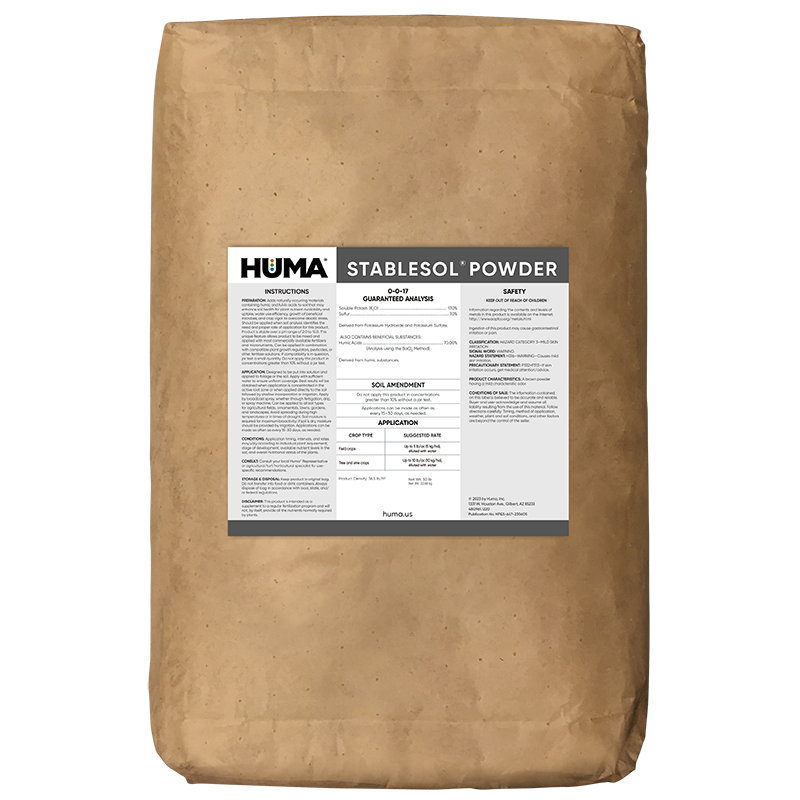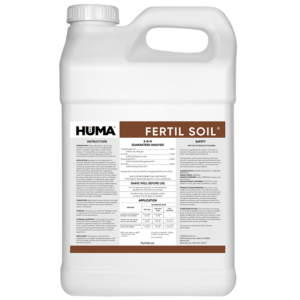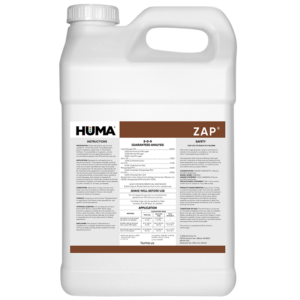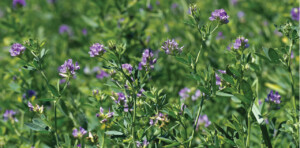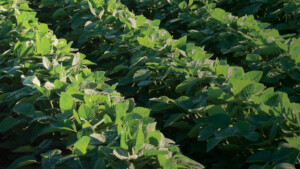STABLESOL POWDER
Benefits of Use:
- Uniform 95% soluble powder promotes even coverage/distribution of humic/fulvicacid for sustainable carbon benefit
- Short-term soil organic-matter building
- Promotes conversion of fertilizer into plant-available food
- Increases nutrient mineralization
- Sustainable soil microbial activation
FAQs
Related Videos
Huma Minute – What is Humic Acid with Cory Ritter
Huma Mid-West Regional Sales Manager Cory Ritter discusses the different types of humic acids and what they do for your plants.
Learn More
Huma Minute – Humate Application Rates with Cory Ritter
Huma Mid-West Regional Sales Manager Cory Ritter discusses humate application rates and why there is not a one-size fits all rate.
Learn More
Huma Minute – Humic Acid Testing Methods with Cory Ritter
Huma Mid-West Regional Sales Manager Cory Ritter discusses the differences in the various humic acid testing methods.
Learn More
Related Products
Related Case Studies

Huma Pro® Stimulates Rhizophagy Cycle of Microbes to Increase Root Growth
Objective The purpose of this research project was to evaluate how humic acids stimulate microbial activity and initiation of the rhizophagy cycle (in which plants cultivate microbes on their roots and then absorb them to extract their nutrients). Huma® Huma Pro®, a liquid 6% humic acid product, was used as the humic acid biostimulant source.

Effects of Huma® Products on N & P Stabilization in Sandy Soil
Objective To demonstrate the effects of Huma® products X-Tend®, Fertil Humus®, Fertil Soil®, and Zap® on the reduction of nitrogen and phosphorus leaching in Immokalee sandy soils. Background The leaching of nitrogen and phosphate fertilizers presents an ongoing problem in Florida soils. Agricultural amendments that reduce leaching when applied to soils or when mixed with

Huma® Program Increases Strawberry Yields 14%, With an ROI > $2,500/acre
Objective This field trial assessed the effects of Promax® and Zap® on top of fumigation—plus additional foliar applications of 4 Huma® fertilizer products—on the yield of Portola strawberries when compared with the grower’s standard crop nutrition program. Materials & Methods This trial was set up in a complete randomized-block design conducted during the growing season
Related Blog Posts

On The Brink: Farm Crisis Fears
Corn growers and specialty crop producers are facing mounting financial pressure as input costs soar and commodity prices drop. With farm aid ramping up and the DOJ investigating antitrust concerns, U.S. agriculture sits on the edge of a potential crisis.

This Week in Ag #73
Growing up on the farm, we’d often eat our mid-day meal (what we referred to as dinner, but most of the world now calls lunch) at my grandparents’ house, which was the farm’s home base. It was a planned break from planting, harvesting, chore work, mowing, baling hay or one of dozens of other never-ending
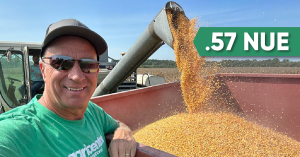
This Week in Ag #47
Nitrogen Use Efficiency has quickly become part of the vocabulary surrounding sustainability. But NUE is more than just a buzzword or another fancy acronym. NUE is the benchmark for nitrogen management. You’ll often see it used to measure the amount of nitrogen used to produce a bushel of grain. NUE is a pillar for calculating

